What Is Khan Academy And Does It Really Help Kids?
The Khan Academy started simply enough. Salman Khan wanted to help his cousin who was struggling with her math.
The Khan Academy started simply enough. Salman Khan wanted to help his cousin who was struggling with her math. So, he began to tutor her remotely. Using Yahoo’s Doodle notepad Khan was able to create short lessons quickly in an effort to help strengthen his cousin’s math skills. Not long after, other Khan family members began to use his tutoring. It began to be too much for Khan until a friend suggested putting the tutoring videos on YouTube.
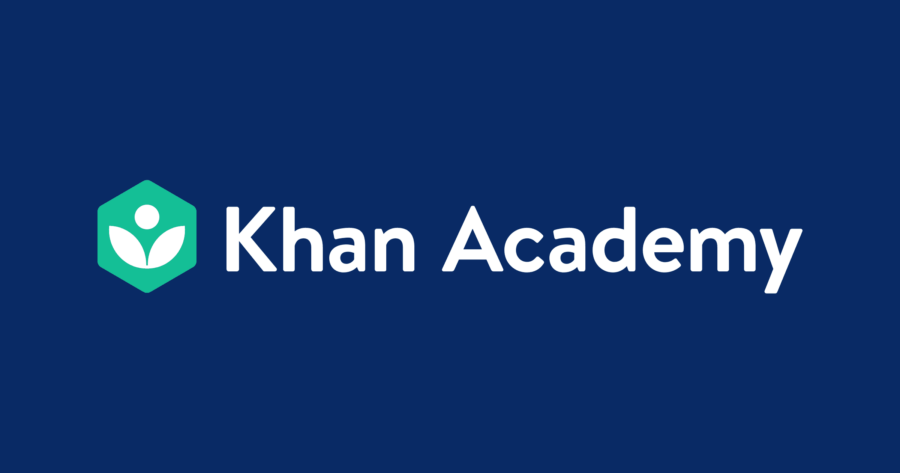
Learning With YOUTUBE?
The effect YouTube plays in today’s society was not the same back when Khan began to post his tutorial videos on the video-sharing platform. In fact, Khan’s idea of what YouTube was back then was pretty much the truth.
“YouTube? YouTube was for cats playing the piano, not serious mathematics,” Khan told The Guardian. “I got over the idea that it wasn’t my idea and decided to give it a shot.” And he did. In 2006, Khan posted his first math video.
Who Is SAL KHAN?
Salman Khan is a mathematician and educator. He was born in Metaire, Louisiana and owns three degrees from the Massachusetts Institute of Technology (MIT) a Bachelor of Science and Master of Science in electrical engineering and computer science with another bachelor’s degree in mathematics. Khan also holds an MBA from Harvard Business School. After his schooling, Khan took a job as an analyst in Boston for a hedge fund that later relocated to Palo Alto in California.
The Birth Of KHAN ACADEMY
Khan can thank his cousin Nadia for the seed planting. Khan was in Boston hedging funds when his cousin reached out to him with her struggles in math. She wanted to be learning advanced math concepts but the schooling she was receiving wasn’t helping her in that respect. It caused too many “gaps” which she couldn’t overcome. Enter cousin Sal.
With Khan in Boston and Nadia in New Orleans, he had to come up with a way to help. So, Sal began to use the phone and Yahoo Doodle to tutor her. It wasn’t long before she showed improvement in math. Family and friends caught on to what Sal was serving and they asked for some.
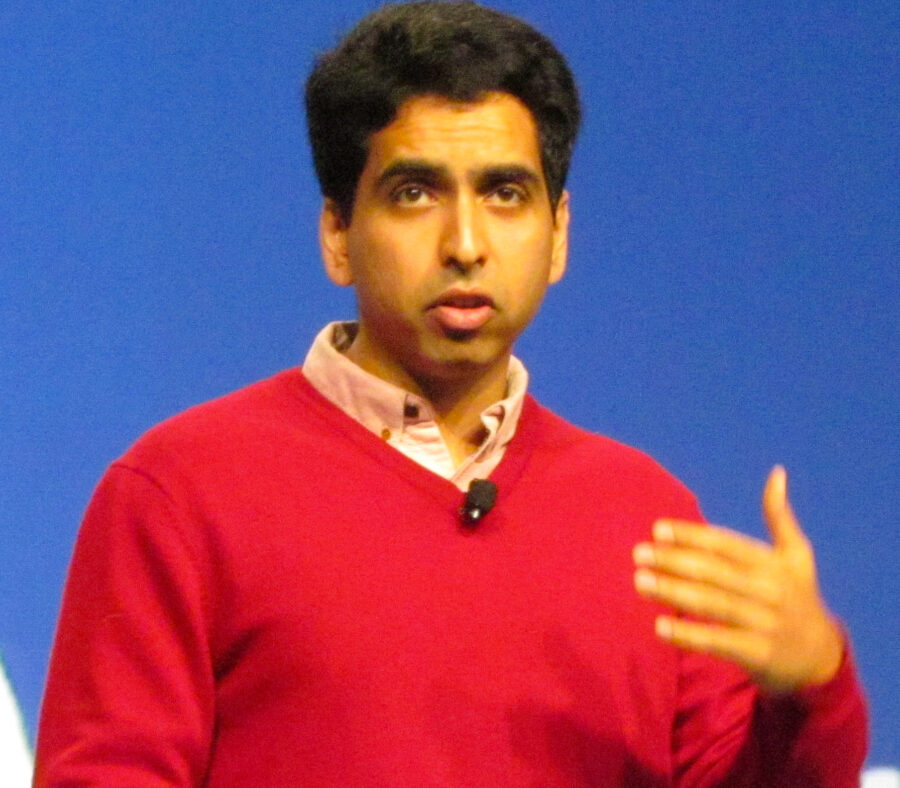
But with the many who wanted his service, Sal found scheduling to be quite a problem. This is where YouTube came into play. Posting his tutorial was an easy way for family, friends, anybody really, to watch and learn at their own pace. As with many things YouTube related, views started growing. More and more people showed interest and then in 2009 Khan left the hedge fund life and made the Khan Academy a full-time venture.
When Khan first started this dream (intentionally or not) it was a math-based set-up. Building on what he started with his cousin, Khan began to develop and upload more math videos. Admittingly the videos were of very poor quality to start. Oftentimes he’d record them in a closet. The quality was poor at best, from muffled audio to numbers poorly drawn. Khan used a blackboard on Yahoo Doodle to diagram the math problems and a cheap Logitech headset to become the Pied Piper of Internet Math. Somehow it caught on.
BUILD IT AND THEY WILL COME
And students came! Khan went full-time and for nine months lived off his savings as views continue to grow. That wasn’t going to be enough. Enter Ann Doerr. She became Sal’s first significant donor (along with husband John) allowing Khan to see the future of Khan Academy a little clearer. In fact, Ann now holds the position of Chairman of the Board of Directors at Khan Academy.
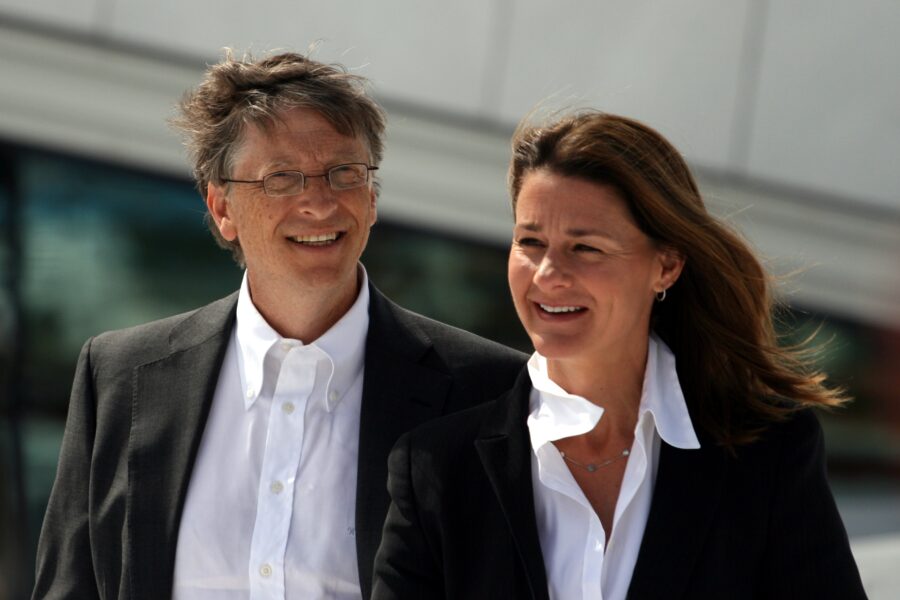
It wasn’t long after Doerr made her donation that more started to pour in. Google initially came in with its grant of $2 million and the Bill and Melinda Gates Foundation contributed $1.5 million to start.
With the Khan Academy growing, Khan reached out to a former MIT freshman roommate Shantanu Sinha to come on board as the Academy’s first President and COO. Khan Academy was now growing even bigger than Sal could have ever imagined.
What Is THE KHAN ACADEMY?
The Khan Academy is a non-profit educational organization. It survives on the generous donations of many. They have one mission, according to Khan and that “is to provide a free, world-class education to anyone, anywhere.”
The attraction to the Khan Academy is that it allows students to take their time with math. Or, if they have the capacity, they can speed up. The beauty in this is that, unlike public schools, a child can pace themselves. They can concentrate on their weak areas. They gain confidence and don’t feel lost. If they do get lost, they can go back and watch the video again until they stick the landing.
How Do Kids Use It?
In the beginning, it was simply following along on your video of choice. Whatever subject a child was weak on, they would find the appropriate video and work from there. Khan covers all subjects in math from addition and subtraction to trigonometry and calculus.
The Khan Academy is easy to navigate. Their homepage allows you to select exactly who will be using it. Four selections are offered: Learners, Teachers, Districts, or Parents. From there you will follow the on-screen instructions on how to set up a free account. There are no fees for the Khan Academy.
Khan’s goal with his videos was much the same as it was when he tutored his cousin. To fill in the “gaps” many students feel they have while learning the traditional way. Khan has made his videos in 5-20 minute bursts, built mainly for computer use, i.e. YouTube. His reasoning to keep the videos short was that he didn’t want them to appear as lecture videos. Short, sweet, and to the point.
Per the Khan website, Sal explains his style of teaching. It’s how he wanted to be taught in school. “I teach the way that I wish I was taught. The lectures are coming from me, an actual human being who is fascinated by the world around him. The concepts are conveyed as they are understood by me, not as they are written in a textbook developed by an educational bureaucracy.”
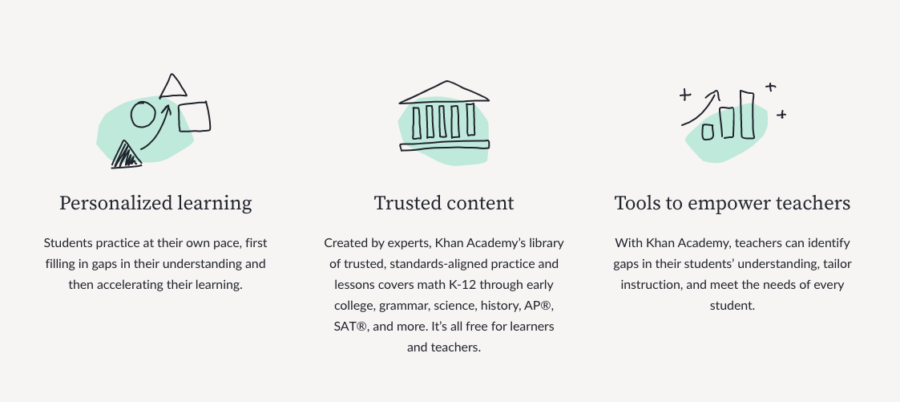
He goes on to say, “A lot of my own educational experience was spent frustrated with how information was conveyed in textbooks and lectures. There would be connections in the subject matter that standard curricula would ignore despite the fact that they make the content easier to understand, enjoy, and RETAIN. I felt like fascinating and INTUITIVE concepts were almost intentionally being butchered into pages and pages of sleep-inducing text and monotonic, scripted lectures. I saw otherwise intelligent peers memorizing steps and formulas for the next exam without any sense of the intuition or big picture, only to forget everything within a matter of weeks. These videos are my expression of how the concepts should have been expressed in the first place, all while not compromising rigor or comprehensiveness.”
That is the crux of what The Khan Academy is trying to accomplish. Take the monotone way of teaching and allowing it to be fluid. To form teaching more toward the child and how they learn versus it being presented in one way, at one speed.
Who Can Use The Khan Academy?
Their website is set up with choices. Since the videos are YouTube-based, anyone can use it. The Khan Academy website allows for a much better setup and understanding of how to proceed with learning. It offers a range from pre-school to high school.
Teachers use it in the classroom and because of this, school districts have jumped on board. The Khan Academy has become so popular that its subjects are now taught in over 30 different languages.
Does Khan Academy Work?
Yes Khan Academy works… but with a caveat. Some believe it can be frustrating. Millions and millions have sung its praise but there will always be detractors.
One who is firmly on the Khan Academy side is none other than Bill Gates. He was impressed when he first came upon the site as a way to help his son and then he reached out to Khan and has since been a large part of the academy. He even wrote glowing about Khan and being named one of Time’s 100 most influential people of 2012. “I’ve used Khan Academy with my kids, and I’m amazed at the breadth of Sal’s subject expertise and his ability to make complicated topics understandable.” He ended by stating, “He started by posting a math lesson, but his impact on education might truly be incalculable.”
It seems the detractors don’t care for having to restart a lesson from the beginning if you can’t pass it the first time through. But these complaints are few and far between. The praises for the Khan Academy are through the roof.
Does The Khan Academy Offer More Than Math?
Math has been first and foremost at the center of the Khan Academy. But Sal Khan is not a fan of the traditional way of teaching. He finds it monotonous, “lecture, homework, lecture, homework”. He recently told an LSE audience, “The real problem is that the process is broken. We identify the gaps [in children’s knowledge], then we ignore them.”
So, Khan began to expand the Academy and offer more than just math. This seems to be leading down the path to Sal Kahn’s ultimate dream of developing “the world’s first free, world-class virtual school where anyone can learn anything”.
On top of the 15 different math courses the Khan Academy offers, they have also introduced a wide range of academic fields and nearly 4,500 tutorials which include Organic Chemistry, Chemistry, Biology, Medicine, Finance, Astronomy, Physics, History, Cosmology, Healthcare, Economics, Macroeconomics, Microeconomics, American civics, Computer Science and Art history. Sal Khan is truly trying to make his vision a reality.
But that’s not all. In an effort to reach more kids, the Khan Academy also offers test prep. The SAT, LSAT, and MCAT are among the tests that students can prepare for. The academy is also in beta for 2nd through 8th-grade reading.
The Future Of Khan Academy
Judging by reactions from students, teachers, and parents alike, it seems the future is bright for The Khan Academy. The support Sal continues to receive, financially and critically, appears to be keeping the Academy moving forward.
When Bill Gates backed Khan Academy, it was obviously a big deal. It became a bigger deal when the world’s wealthiest man (at the time) Carlos Slim decided to also put in and be the first to translate Khan’s videos into Spanish.
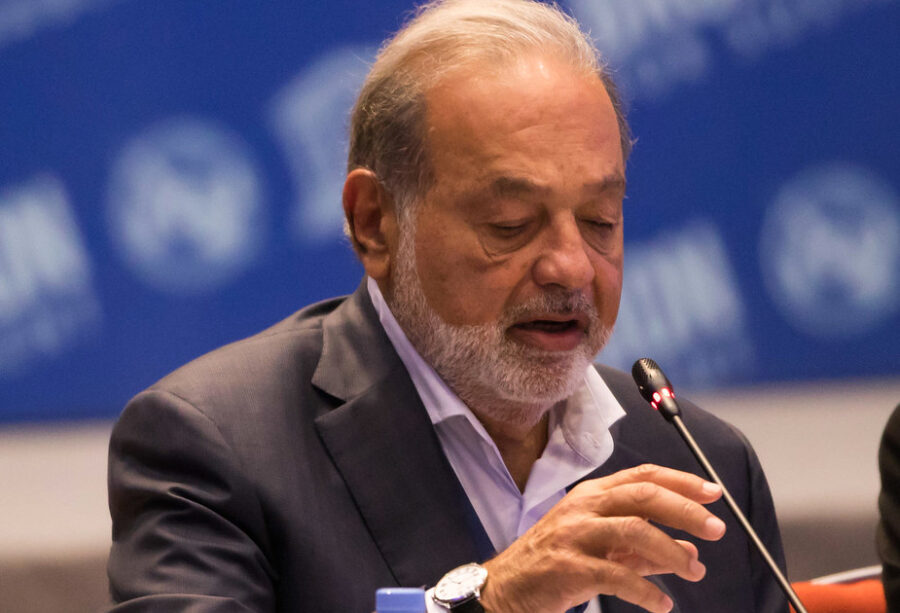
Even though there have been critics to challenge Sal Khan for his approach and the academy’s content, Khan himself is happy for whatever scrutiny he receives. He told Time, “It’d piss me off too if I had been teaching for 30 years and suddenly this ex-hedge-fund guy is hailed as the world’s teacher.”
It seems simple to see it through Khan’s eyes. Math, as taught currently, can be a burden on both the teacher and student. Kids learn at different speeds. Teachers teach in different ways, many can keep a child’s interest while some, unfortunately, aren’t able to. Khan’s vision fits the mold of what parents want for their kids and what the kids want for themselves. The Khan Academy’s vision for the future is a bright one.












